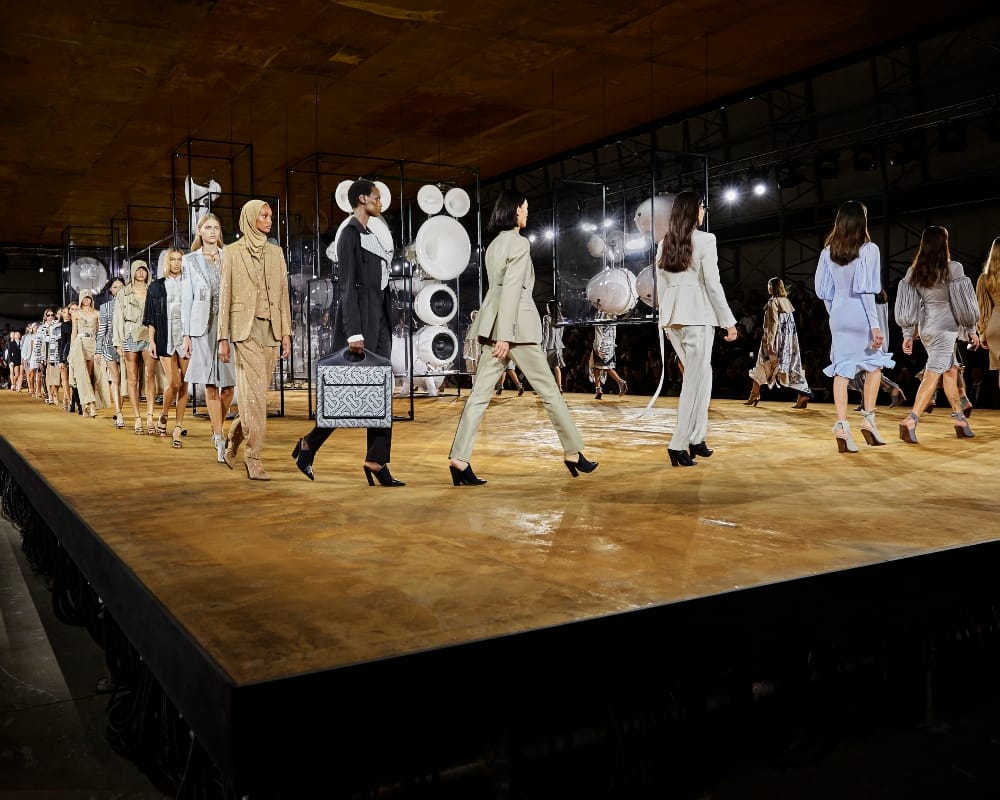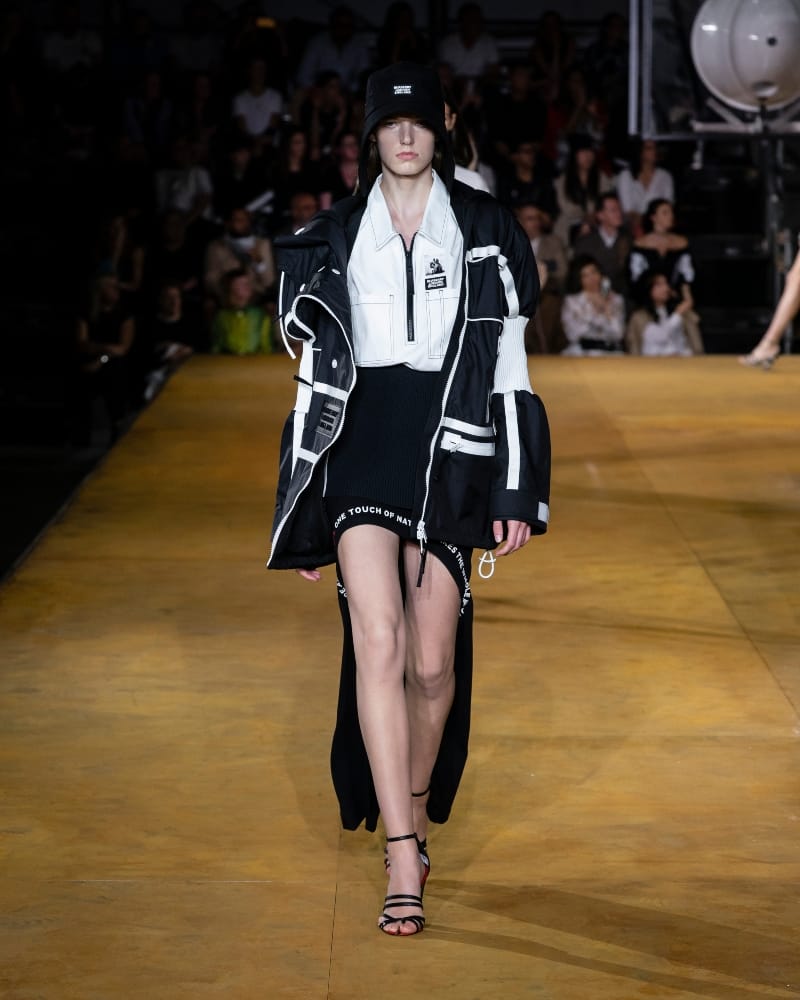
It all started with a story of a man whose groundbreaking invention of gabardine in 1879 revolutionized rainwear, which up until then, had typically been heavy and uncomfortable to wear. Breathable, versatile, and above all, weatherproof, the lightweight fabric gave way to a new spirit of exploration in the Victorian age. Think the Nobel Peace Prize laureate Dr Fridtjof Nansen, who in 1893 became the first recorded explorer to take the Burberry Gabardine to the poles as he set sail for the Arctic Circle. Or perhaps even air commodore Edward Maitland, who travelled from South London’s Crystal Palace to Russia in 1908 on a hot air balloon wearing the heritage house’s innovative garb, which set the world’s long-distance overseas record. At a time when corseted lace bustiers and ribboned bonnets reigned supreme, it seemed quite perplexing for such modern inventions to exist alongside conventionalism. But it is this exact duality that caught the Burberry creative director’s attention, culminating into what would be his third ready-to-wear collection at the historic house.
“Thomas Burberry was a young pioneer and a self-made man who built this company during the Victorian era—a time in Britain for great change and progress, and an era that has always inspired me and my work,” said Riccardo Tisci on his show notes for Spring/Summer ‘20. My first year at Burberry was about understanding and refining the new codification for the house,” he continued. “But with that foundation in place, I feel ready to start exploring what’s at the heart of this incredible brand.” Indeed, it only took three seasons for the 45-year old Italian to breathe new life into the luxury label’s 164-year old legacy, but in doing so, a new vocabulary has formed, bridging the gap between its illustrious past, and the future.
It seemed only natural then, for Riccardo to dub his latest collection “Evolution”. Diving deep into its archives, this remix of eclectic (yet quintessentially British) elements were met with innovative techniques and classic fabrications; some, even Thomas Burberry himself would be proud of. Amid Victorian-inspired silhouettes of cinched waists and elaborate sleeves, reconstructed trench coats with silk panels and draped chain embellishments stood out, imbuing a sense of futurism to the brand’s patrimony pieces, while box-pleat skirt suits romanticise sharp and sleek tailoring (a nod to Riccardo’s Givenchy years, no doubt). Elsewhere, hand-sketched and painted collaged animal prints adorn breezy silk shirts and handkerchief skirts, paying homage to the spirit of exploration Burberry once pioneered in the late 19th century. But here’s a kicker: for all its whimsical mish-mashery of multiple epochs, where Riccardo excelled at most, is his ingenuity at modulating garments. Take for example the collection’s slinky corseted evening dresses, which at a snap of a button, detaches to reveal a risqué cocktail number while step-through skirts enable its wearer to go from a ruffled lace gown to a party frock in a hot second.
It’s this exact innovation that resonates well with the house’s avant-garde founder. After all, this is a label of many firsts: the first fashion house to cover the distance of 1,117 miles in 31 ½ hours, the first luxury brand to adopt the ‘See Now/Buy Now’ business model, and also the first house to debut its collection on Twitter. Continuing this irreverent spirit, Riccardo has taken great care to diversify his creative vision at Burberry, culminating in a vast contrast between the collection’s more sophisticated offerings from its streetlethic counterparts. Consider it as a more globalized perspective, one where utilitarian trench jackets are turned into slinky slips and sports shorts turned into eveningwear. In an interview with fashion critic Sarah Mower, the designer said “society has changed, the world is changing and now people want to wear different things. It doesn’t matter which country it comes from. So the globalization of style is a different approach for me today.” And for the future, too.






